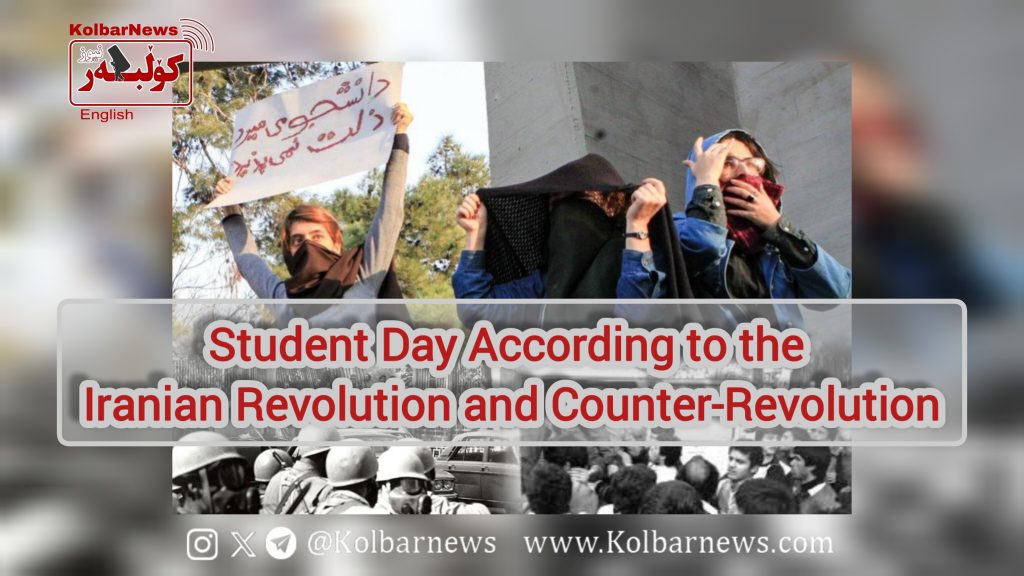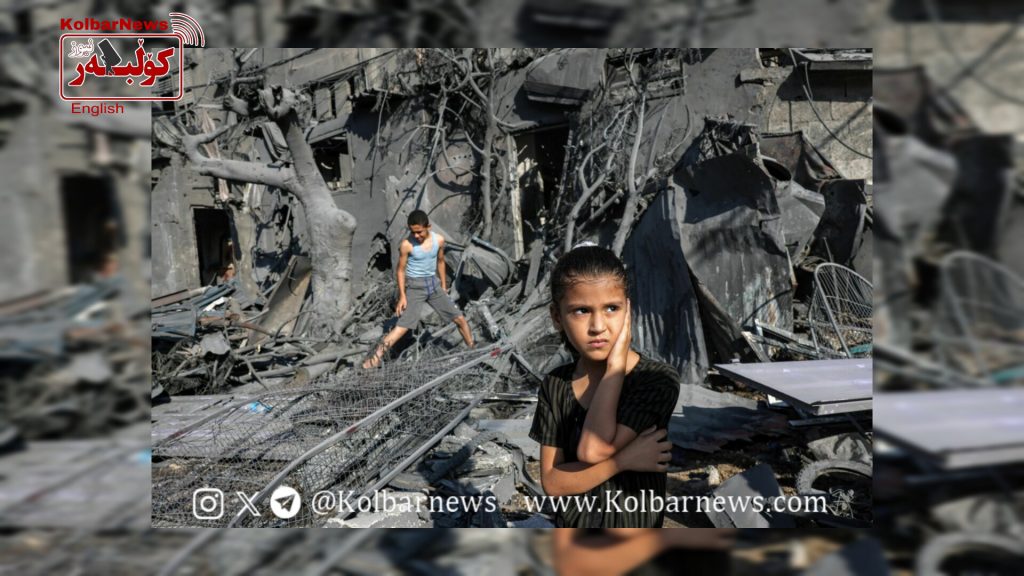
Today, Sunday, Aban 13th (November 3), is Student Day in Iran, a day rooted in the final months of the Pahlavi monarchy. However, over the years, under the Islamic Republic, Aban 13th has gained additional associations, all of which relate to students. The differing events that share the name “Student Day” on this date reflect a deep divide between revolutionary and counter-revolutionary forces in Iran.
Event One: On November 4, 1978 (Aban 13, 1357) as mass protests against the Shah’s regime were nearing victory, a group of students gathered on the University of Tehran campus to join a protest with university students. Government forces under Prime Minister Sharif-Emami fired upon the crowd, resulting in the deaths of many students. This tragedy came shortly after the bloody massacre on September 8, 1978, in Tehran’s Jaleh Square. The Sharif-Emami government collapsed the day after the massacre of the students. In remembrance of this tragic event, November 4, 1978, was later declared “Student Day.”
Event Two: One year after the bloody events at the University of Tehran, on this same date, pro-Khomeini Hezbollah activists stormed the U.S. Embassy in Tehran, taking 52 American diplomats and staff hostage. The embassy became a site for announcing anti-revolutionary policies by regime officials, with the hostage crisis extending for over a year and a half. Khomeini, who had ordered the embassy seizure, labeled it the “Second Revolution” as it played a key role in suppressing leftist and radical forces within Iran. However, this so-called “Second Revolution” was nothing more than the continuation of the suppression of Iran’s freedom-seeking revolution by the ruling Islamic faction. The slogan “Death to America,” increasingly popularized by Hezbollah activists and Khomeini supporters, served as a pretext for silencing dissent. From that day on, Hezbollah groups targeted communists, secularists, and any voices of freedom, resorting to violence, arrests, and even killings. This event marked the beginning of a severe crackdown on Iran’s freedom-seeking revolution—a revolution that the Shah’s regime had failed to crush but was now being ruthlessly stifled by the newly established Islamic regime. Many of those involved in the U.S. embassy occupation later joined the founding ranks of the Islamic Revolutionary Guard Corps, intelligence agencies, and became torturers and prison guards of the regime.
Event Three: On November 4, 2009 (Aban13, 1388), about five months after the announcement of the contested results of the tenth presidential election, a massive protest erupted on Student Day. This demonstration was primarily a reaction against the Islamic Republic and the perceived election fraud that brought Ahmadinejad to power. Although opposition leaders tried to dissuade young people from any action against the regime as a whole, the youth took charge of the protest, chanting slogans like “Death to the Dictator,” demonstrating their defiance.
Event Four: Student Basij Day: The Islamic Republic designated this day in memory of a young boy named “Hossein Fahmideh.” On November 8, 1980, commanders in the Islamic regime sent this young boy, with grenades strapped to his body, on a suicide mission under Iraqi tanks. Only 13 years old, he was one of 36,000 child soldiers later used as minesweepers and for other sacrificial roles in the Iran-Iraq War. Despite the regime’s efforts to expand the Student Basij and use it as a tool to police educational environments, today, thanks to courageous students and the support of freedom-loving teachers, the Basij remains little more than a formality, mainly used to stage state-sponsored events.
For 46 years, the Islamic Republic has tried to mold Iran’s youth to its goals through gender segregation in schools, rewriting school curricula, removing certain humanities subjects from universities, sending clerics and military personnel into schools, militarizing educational institutions, and enforcing moral restrictions, hoping to create compliant and silent citizens. Yet, young Iranians have consistently resisted, both inside and outside their schools and universities. They have stood as a vibrant front against the reactionary policies of the Islamic Republic. The most powerful demonstration of this resistance was seen in the recent “Jina Revolution,” where young boys and girls, defying the regime, lost their lives, suffered injuries, or were imprisoned and tortured. The latest young victim was Mitra Geravand, who was killed for discarding her mandatory hijab. Furthermore, in a calculated effort to intimidate students, authorities launched a campaign of poisoning girls in hundreds of schools across Iran. But none of these actions have succeeded, as young Iranians continue to resist the imposed path of the Islamic regime.
Beyond the Islamic Republic’s attempts to co-opt Student Day, (Aban 13th) remains, for courageous students, a tribute to those who stood up against both the Islamic and royalist reactionaries, shoulder to shoulder with workers and the oppressed, sacrificing their lives for freedom and justice.

